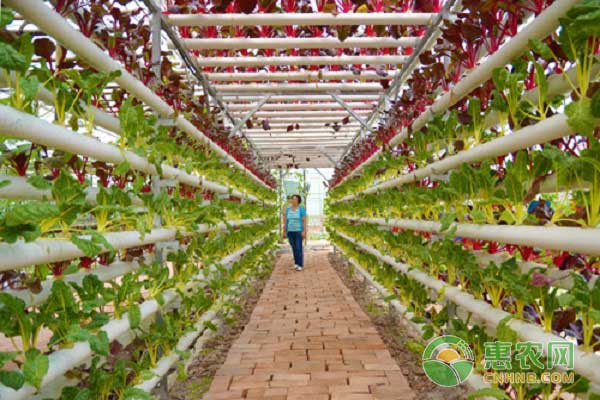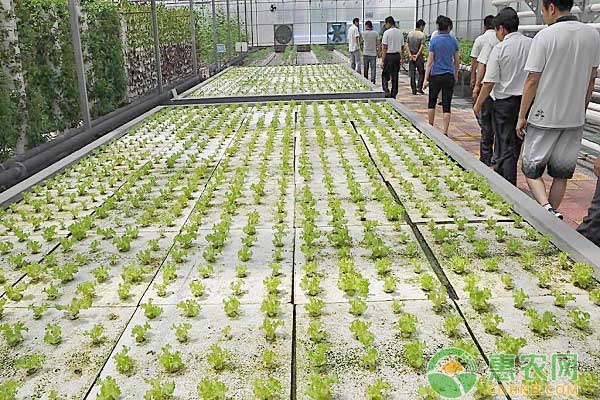The matrix occupies a very important position in soilless cultivation. Therefore, how to correctly select the matrix is ​​an important issue. It is necessary that the substrate not only has the nutrient conditions of the soil, but also is suitable for crop growth, and has to improve management efficiency. So how to choose a soilless culture substrate? Let's take a look with Cherry Little Girl!

The soilless culture substrate needs to be comprehensively considered according to various conditions, and it needs careful selection. Usually we will consider it from three aspects:
Plant root adaptability
The substrate selected for soilless culture has a common advantage in that it can create excellent environmental conditions suitable for plant growth, which is what we usually call the water vapor ratio. Some plant roots require good ventilation and sufficient water supply, so it is necessary to choose the substrate according to the habits of different plants and the local climatic conditions. In areas with high air humidity, you can choose coco peat and sawdust. As a substrate, pine needles, etc., the climate in the north is relatively dry, and the permeability of the matrix is ​​too good to cause the roots to dry. For example, in areas where the water quality in the northern part is alkaline, the matrix needs to have a certain ability to regulate the concentration of hydrogen ions. In this case, a mixed matrix dominated by the mire should be selected.
2. Is the substrate suitable for planting?
Quite simply means that the matrix material chosen is suitable for growing crops. Generally, it has strong chemical stability, neutral pH and no toxic substances, and moderate size is suitable for soilless culture.

If certain properties of the matrix appear to be unsuitable or hinder the growth of soilless crops, then it is necessary to choose an economically efficient method to modify certain properties of the matrix. As a simple example, straw and crop residues can be used as a substrate in many areas, but direct use can cause problems in the conversion of nitrogen in the soil, so it needs to be made into a good matrix by decomposing methods. The use of the substrate is not static, and different substrates are required for different cultivation facilities and cultivation purposes.
3. Whether the economy is applicable
In addition to considering the properties of the matrix, it is also necessary to consider the cost performance of the matrix. Some matrices may be more suitable for crop cultivation, but the price is too high or difficult to obtain, so it becomes less suitable. At present, it has been proved that the substrates suitable for planting are rock wool, coco peat and peat, but some also need to be imported, and the cost is also high. The choice of substrate needs to meet the requirements of plants, the price is cheap, non-toxic and harmless, the labor cost can not be too high, and many factors can be reused.

There are many substrates most commonly used in soilless culture, such as rock wool, vermiculite, perlite, and the like. And in order to make the matrix more suitable for plant growth, it is common to choose a mixture of two or three substrates. Of course, whether the matrix is ​​suitable for the environment of your park requires targeted experiments, which can be judged and determined after trial.
In summary, the selection of soilless culture substrate is mainly considered from the aspects of plant root adaptability, whether the substrate is suitable for planting, and whether the economy is suitable. The matrix has a very important position in soilless culture, so how to correctly select the matrix It is a very important issue. I hope this article can help friends who are engaged in soilless cultivation! Want to know a lot of agricultural technology knowledge, welcome to pay attention to Hui Nong School!
Imported Premium Coupling Reagent
In plastic mixing, a plastic additive that improves the interfacial properties of a synthetic resin with an inorganic filler or reinforcer. Also known as surface modifier. It can reduce the viscosity of the synthetic resin melt and improve the dispersion of the filler to improve the processing performance in the process of plastic processing, so that the product can obtain good surface quality and mechanical, thermal and electrical properties.
Its dosage is generally 0.5 ~ 2% of the dosage of filler. Coupling agent is generally composed of two parts: one is the inorganic group, which can interact with the inorganic filler or enhance the material; The other part is the organophilic group, can interact with the synthetic resin.
Imported Premium Coupling Reagent,Premium Silane Coupling Agent,Premium Titanate Coupling Agent,Union Carbide Silane Coupling Agent
Xingbang High Molecular Materials Co., Ltd. , https://www.chemicaladditive.com